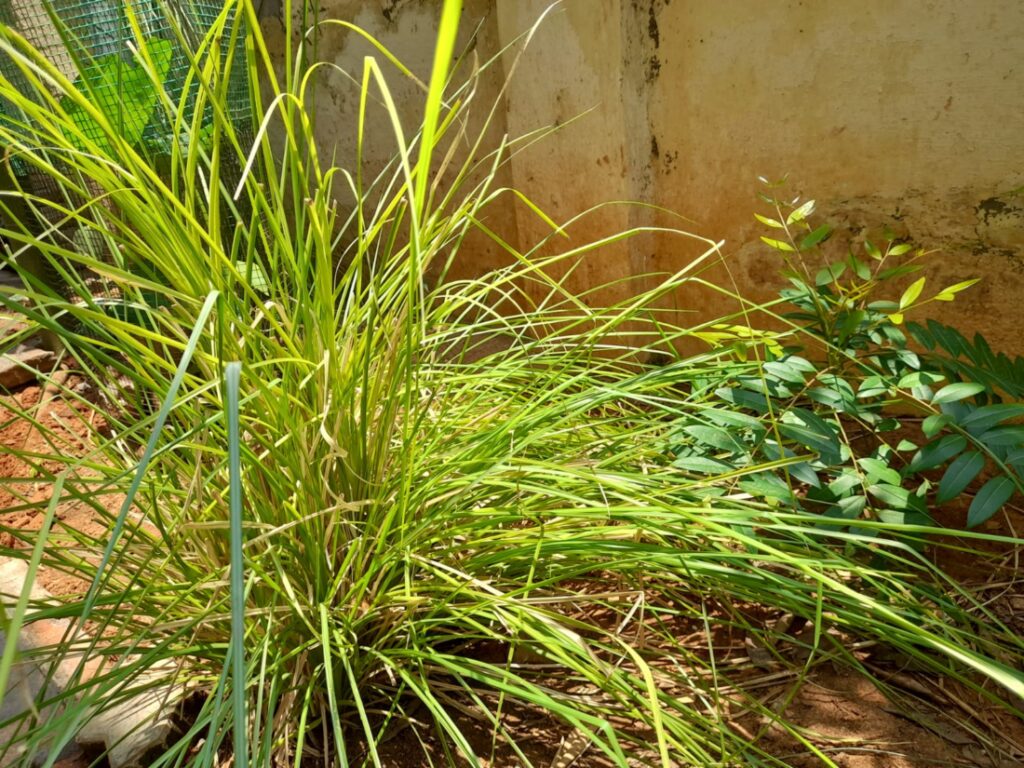Benefits of planting Vetiver grass

Vetiver is a bunch grass that has an Indian origin. It grows well in tropical and temperate regions. Temperatures must be above 10° C for vetiver to grow. It needs full sunlight to grow well. Growing this grass in shady areas slows down its growth. It can be propagated by division.
Planting vetiver grass is an effective way to control soil erosion and conserve water. It can tolerate extreme climatic and soil conditions. It has a complex root system that can reach up to 7m within 36 months. The leaves are thin and sharp-edged. This attribute helps vetiver to prevent soil erosion. Also, it helps to recharge groundwater and revive degraded soils. It can remove toxic chemicals such as lead and zinc in soils. Vetiver traps fine and coarse sediments in runoff water. It can loosen highly compact soil. It is resistant to fire, diseases and pests. It is the ideal native grass that needs to be grown for environmental protection and sustainable agriculture. Here is a research paper about how vetiver can be a tool for sustainable agriculture.
Planting vetiver grass on the edges of backyard gardens can help to control soil erosion and recharge groundwater. The leaves of vetiver can be used to mulch other plants. The young leaves of vetiver can be cut and used as feed for livestock.
Besides having lots of environmental benefits, lots of products can be made from vetiver. The grass and roots of vetiver contain essential oils that are used to make a variety of products such as perfumes, cosmetics, deodorants and soaps. The essential oils have also been used as a medicine in Ayurveda to cure fever, headache and heat stroke. Vetiver is also used to make handicraft products such as bags, hats and doormats.
